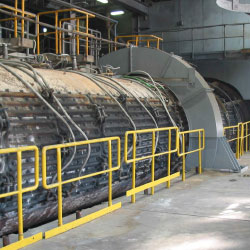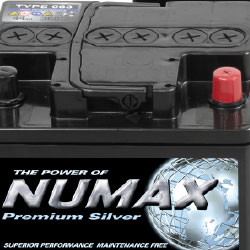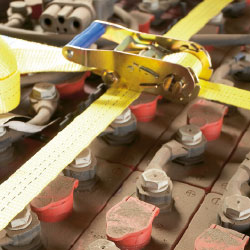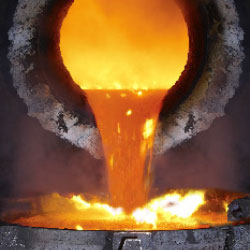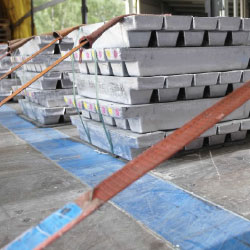Responsible Production – One Key Asset
As “Leaders in the Lead Industry” it is vital that we set high standards and lead by example. We will continuously challenge both ourselves and the industry to improve Health, Safety and Environmental Standards. We operate our production facilities in an environmentally “focused” way and continuously look for creative and innovative ways to optimise the use of natural resources and reduce energy consumption. ECOBAT is committed to the highest international standards, and to this end, all of our operations are certified according to ISO 14001 and OHSAS 18001, with many sites now in the process of implementing the International Energy Management Standard ISO 50001.
The Health and safety of our employees, visitors, contractors and the public is a core Ecobat value. We continue to invest significantly in H,S&E; improvements, and consistently achieve some of the best Blood Lead performance in the industry. The significant investments have rewarded the Ecobat group with year on year blood lead reductions at all smelting operations.
To ensure that we maintain these exceptionally high standards in H,S&E; performance, all of our operations and systems are independently audited and verified.
Ecobat recognise that ‘Good H,S & E performance is good for business’
Health, Safety & Environmental Management
ECOBAT is the world’s leading producer of secondary lead with recycling plants in Europe, the US and South Africa. We aim to recover as much metal from scrap material as possible and convert this back into a valuable raw material for reuse. Our operations play an important role in contributing to the sustainable use of the earth’s finite resources by providing others with an opportunity to recycle their waste and scrap materials. Through our activities, we close the loop and divert materials that would otherwise have to be disposed of as a waste, into materials that enables them to be reused time and time again.
The health and safety of our employees and protection of the environment represent one of our core values. Wherever we operate, we develop, maintain, implement and review our management and operating systems to take foremost account of our health, safety and environmental responsibilities. All our plants have management systems in place which are certified to ISO 14001 and OHSAS 18001, with many plants now in the process of implementing the Energy Management Standard ISO 50001.
To help minimise our impact on the environment and protect the health of our operators, our plants are subject to strict regulations and are required to operate according to specific environmental conditions that are detailed within site permits. To confirm compliance with these requirements our plants are audited by third party auditors and enforcement organisations. Our investment strategy helps to ensure that are operations comply (and often exceed compliance) with environmental permits not only today, but well into the future.
To help focus our Health & Safety activities we operate a ‘Safe for Life’ programme. The programme encourages everyone in the company to play a part in making sure we have a safe workplace and that we – come to work safely, work safely and go home safely to enjoy life. To support our ‘Safe for Life’ we have recently introduced our ‘Stop & Think’ programme. This is designed to get people to take time out to review the safety of the task they are about to perform. By sharing information, ideas and best practices across a common IT platform Ecobat companies will learn from each other. This advance sharing and learning programme is allowing us to accelerate our H,S&E; performance and in the coming months and years will allow us to become not only ‘Leaders in lead industry’, but also Leaders in H,S&E.;
H,S&E; is considered as a key part of our business and as such performance is reviewed at all site management meetings, regional board meetings and mainboard meetings.
We believe that ‘Good H,S & E performance is good for business’
HSE plans
- Reducing lost-time accidents and lost workdays;
- Improving near miss and unsafe condition reporting;
- Improving our blood leads;
- Focused HSE training initiatives;
- Continued HSE investments.
